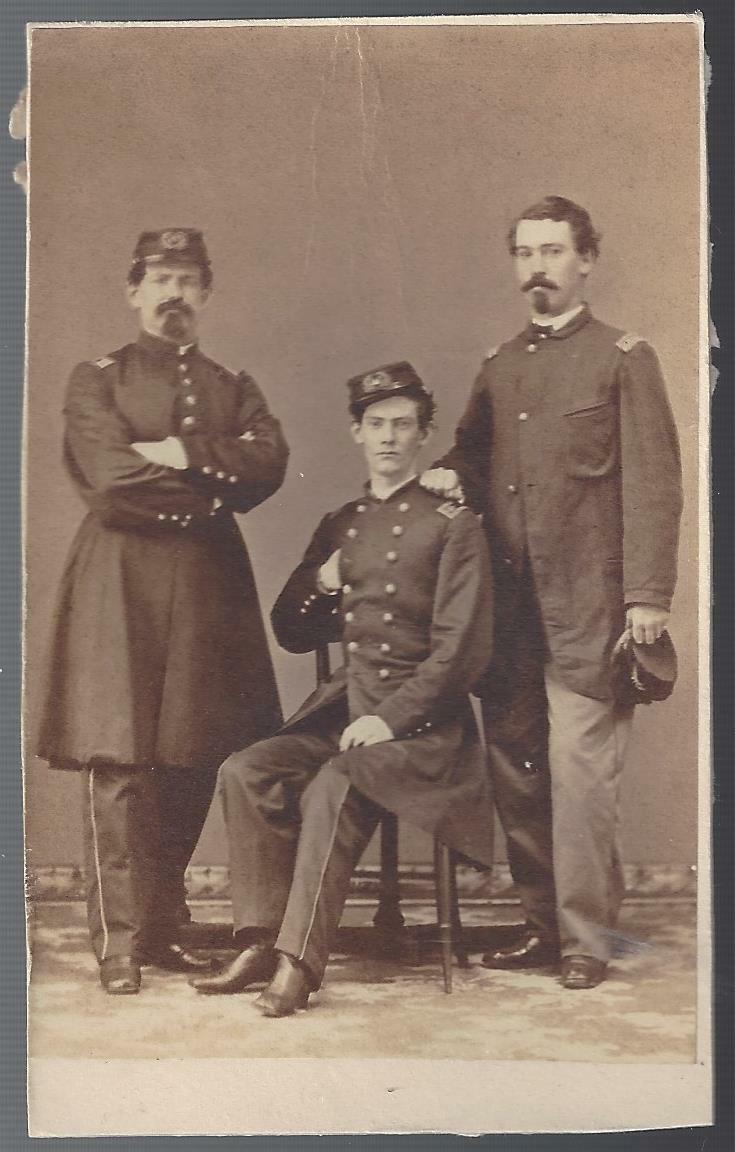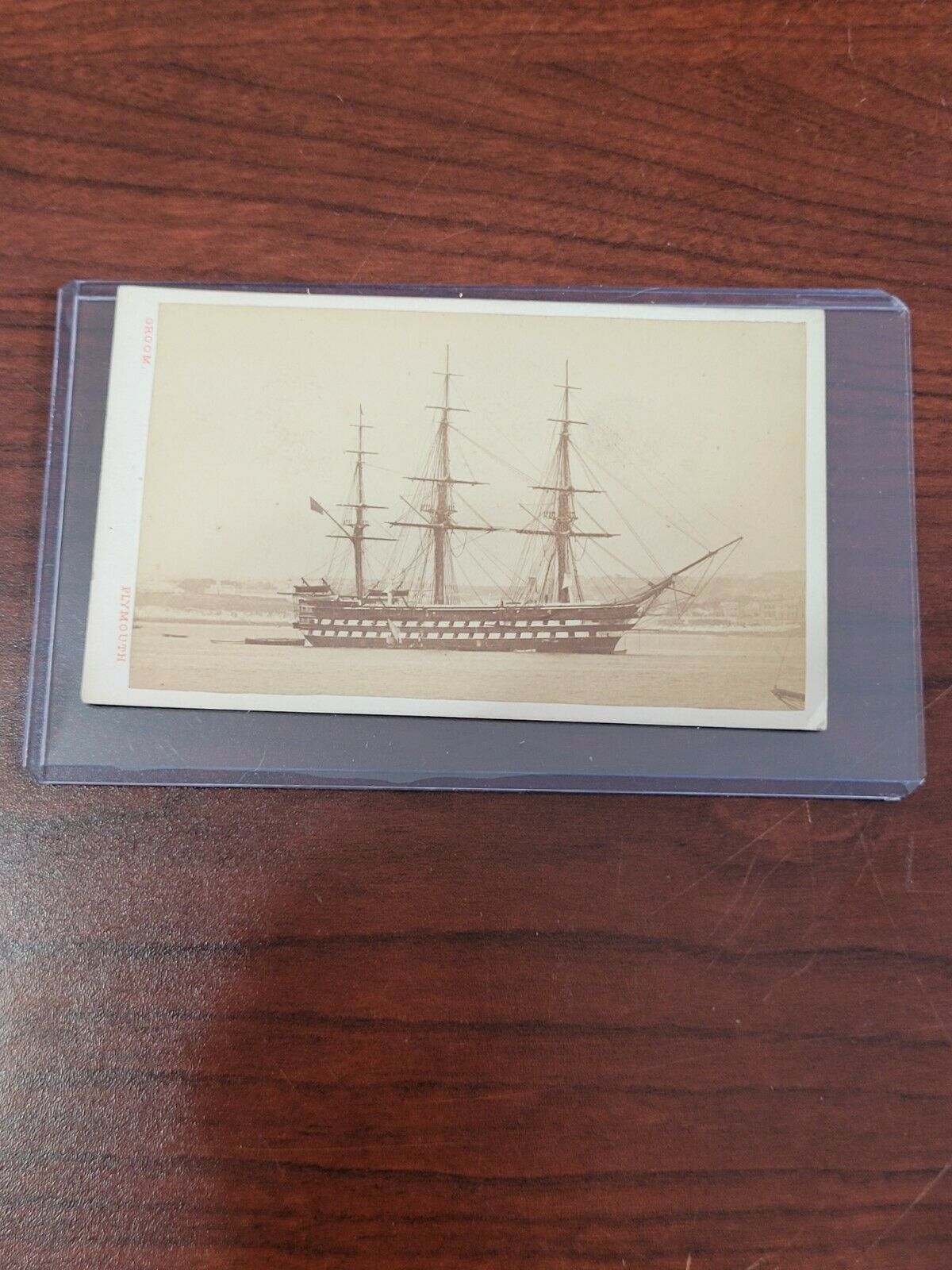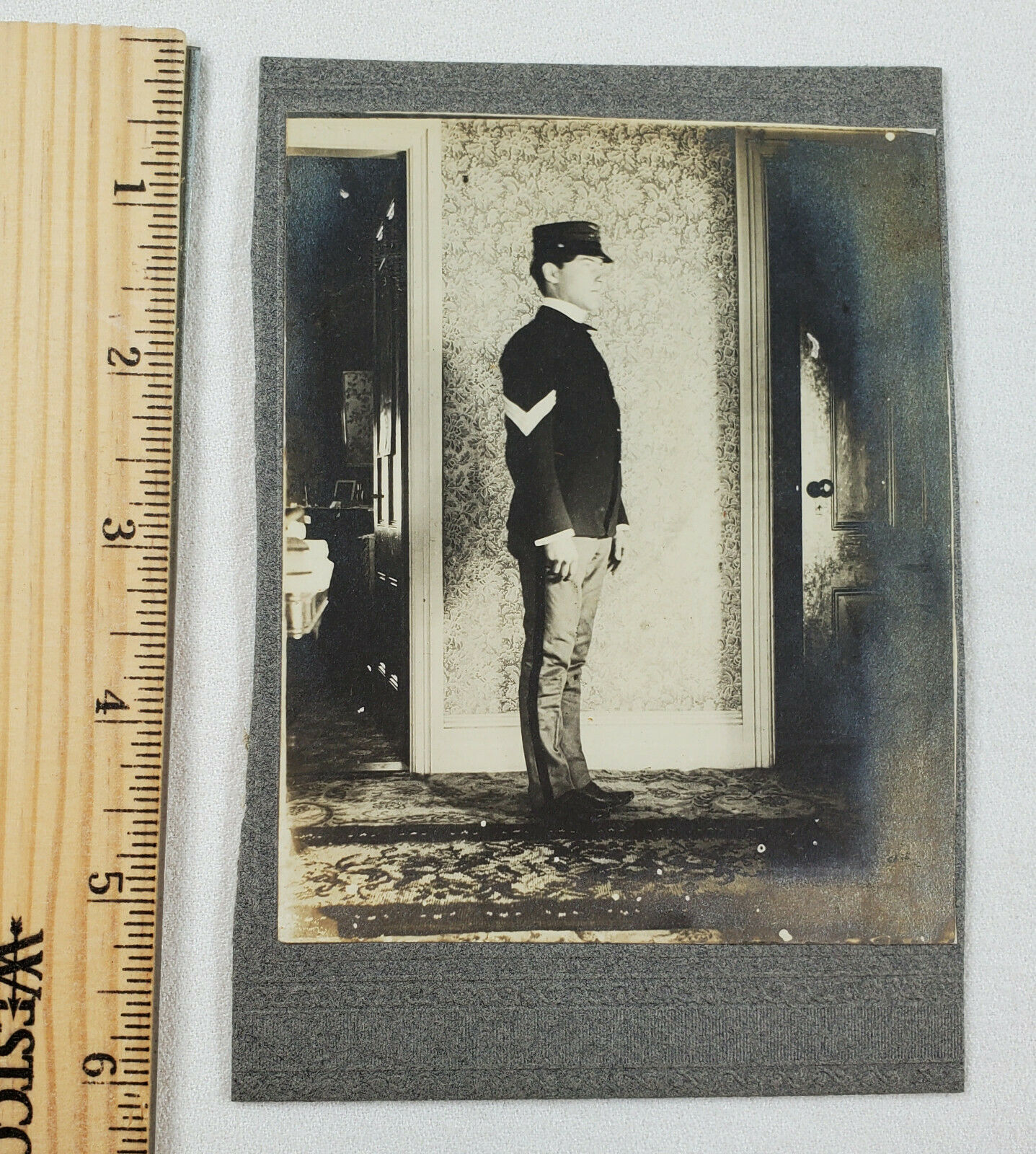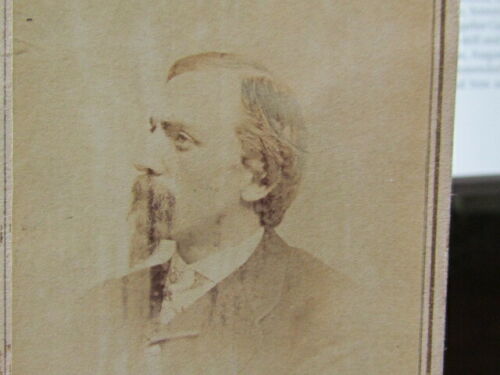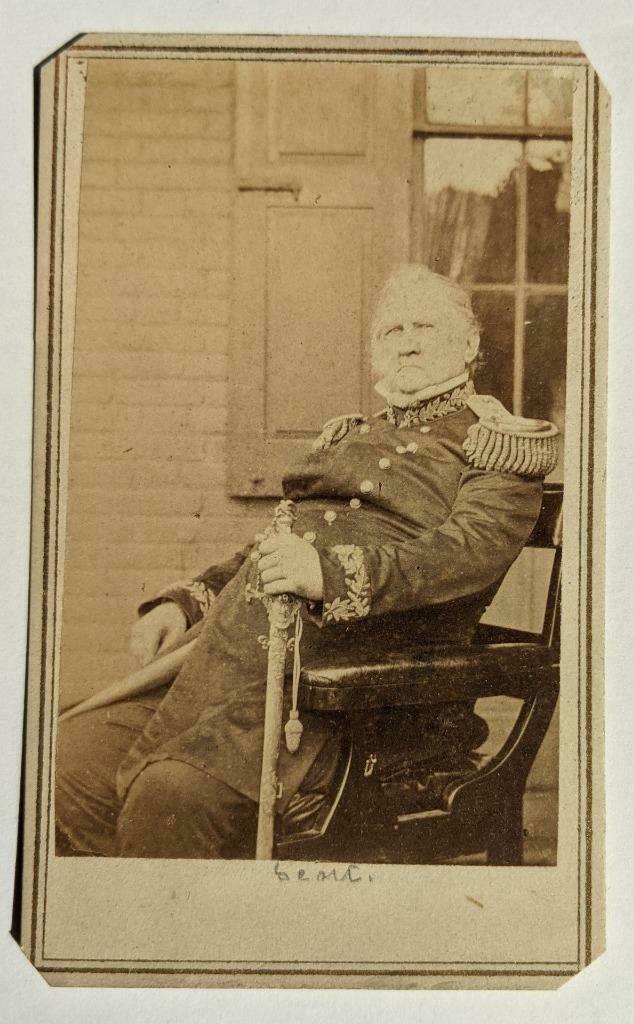-40%
Civil War CDV Major Walter Sully Long Staff 95th & 96th USCT Noted Nevada Artist
$ 237.6
- Description
- Size Guide
Description
Condition as seen. CDV of Major Walter Sully Long and Staff in the 95th or 96th USCT regiments that served in New Orleans and at Port Hudson. Earlier in the War he was breveted Lt and Captain for Antietam though I cannot find which regiment he served in that capacity as. Served in the US Army till 1869. Ink signed on verso. "Walter Sully Long (1842-1907) arrived in Eureka, Nevada in October of 1878, and found employment as a civil engineer in the mining districts of central Nevada. In addition to work as a surveyor, and, in his spare time, Long filled several postcard-sized sketchbooks with watercolors that featured not only mining activities, but also street scenes around Eureka and other camps.
Today, the modest-sized watercolor paintings that Walter Long executed between 1878 and 1880 are secured in Special Collections at the University of Nevada, Reno Library. They arrived on campus in 1970, having been purchased from a book dealer in Glendale, California.
The youthful Long had a rather checkered career in the military during the Civil War. While he served as a mapmaker and designer of barricades for the North, Long was dismissed from duty on several occasions for unbecoming conduct. He managed, though, to retain the rank of major, a title he used throughout his years in Nevada.
Eureka was a robust lead mining town with a population of about 4,000 when Long arrived. Prospects for employment looked promising as he began surveying various properties in the region. That he found time to dabble in watercolor suggests a seriousness of purpose that others may not have appreciated. On the covers and in poems on the sketchbook's pages, Long dedicated his efforts to Elizabeth C. Parker, an acquaintance back East, possibly someone he hoped to entice out West.
The chances of such a seduction seem unlikely when one examines the small paintings. They depict the barren desert, mining operations tucked between treeless ranges, miner's shacks dug out of hillsides, occasionally a miner or two working a claim. Not many people would find the scenery attractive, and would likely believe it was the backdrop for unending toil. Long's minute paintings of the interiors of his quarters are more informative; they give the viewer his tools, maps, books, pictures, and the furniture he moved from one dwelling to another.
Long was not a consummate artist. At best, he was an amateur whose work was uneven and awkward. His perspective could be off; clouds and trees were treated with sketchy indifference. What Long does deliver is a unique record of a time and place that photographers were not capturing, and his paintings were in color.
Long was one of the founding members of the Nevada Historical Society. The lady from the East never joined him. "Major" Long died in Reno in 1907, alone, in a boarding house on Center Street."
"Guaranteed Civil War image from the 1860's"
